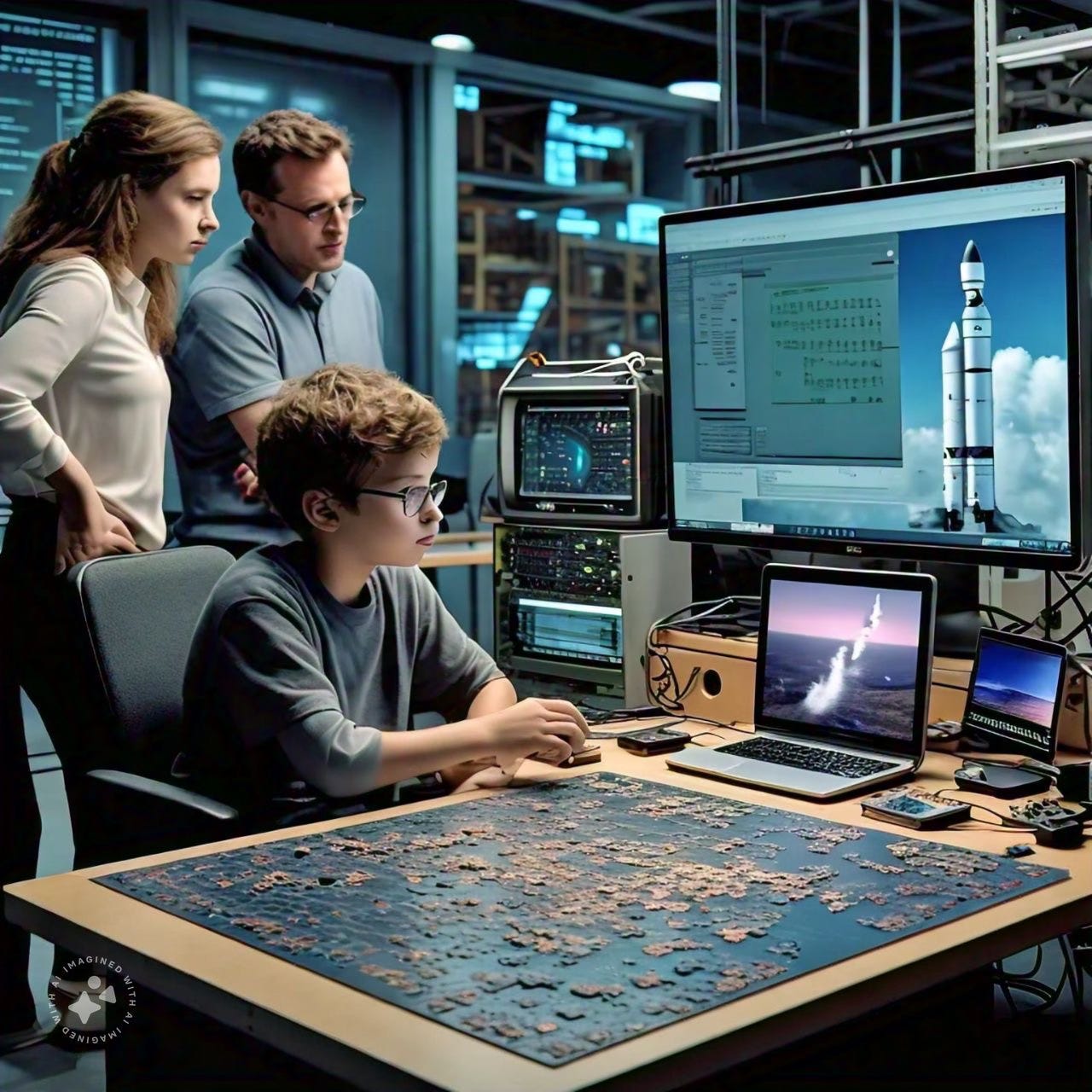OpenAI’s o1 Model Leaked on Friday and It Is Wild — Here’s What Happened
OpenAI is set to release the full o1 reasoning model sometime this year, but an unexpected leak last week means we may have already seen it in action — and it is even better than we expected.
In September OpenAI unveiled a new type of AI model that takes time to reason through a problem before responding. This was added to ChatGPT in the form of o1-preview and o1-mini, neither of which demonstrated the full capabilities of the final o1 model, but did show a major improvement in terms of accuracy over GPT-4.
CEO Sam Altman says o1 is a diverge…
Keep reading with a 7-day free trial
Subscribe to Neural News Network to keep reading this post and get 7 days of free access to the full post archives.



